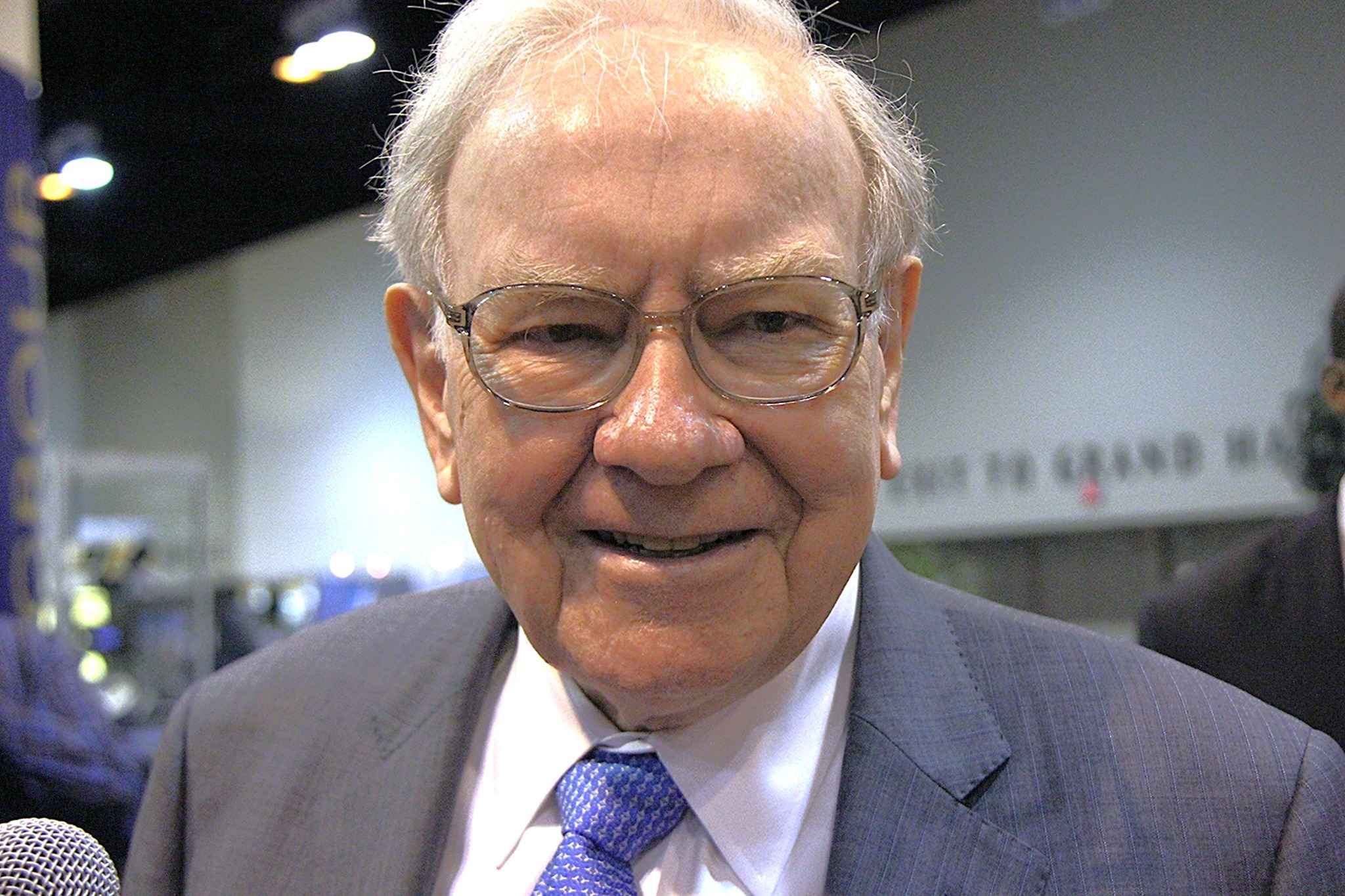The Vanguard Growth ETF (VUG 1.57%) and Vanguard S&P 500 ETF (VOO 1.08%) both keep costs low and track large-cap U.S. stocks, but VOO casts a wider net and pays a higher dividend, while VUG focuses on faster-growing companies and shows higher recent returns with more risk.
Both funds aim to provide exposure to the U.S. stock market’s largest companies, but their approaches differ: VUG zeroes in on growth stocks with a technology tilt, while VOO tracks the S&P 500 for broad large-cap diversification. Here’s how they stack up for investors comparing the two.
Snapshot (cost & size)
| Metric | VUG | VOO |
|---|---|---|
| Issuer | Vanguard | Vanguard |
| Expense ratio | 0.04% | 0.03% |
| 1-yr return (as of 2025-11-19) | 18.0% | 12.3% |
| Dividend yield | 0.4% | 1.2% |
| AUM | $357.4 billion | $1.5 trillion |
Beta measures price volatility relative to the S&P 500; beta is calculated from five-year weekly returns. The 1-yr return represents total return over the trailing 12 months.
VOO comes out slightly ahead on expenses and offers a higher yield, making it more affordable to hold and potentially more appealing for income-focused investors.
Performance & risk comparison
| Metric | VUG | VOO |
|---|---|---|
| Max drawdown (5 y) | -35.62% | -24.52% |
| Growth of $1,000 over 5 years | $2,008 | $1,866 |
What's inside
VOO invests in all 505 companies of the S&P 500, providing exposure across sectors: 36% technology, 13% financial services, and 11% consumer cyclical. Its largest positions are NVIDIA (NVDA 3.30%), Apple (AAPL +0.04%), and Microsoft (MSFT 1.04%), each representing over 6% of the fund. With over 15 years under its belt, VOO is designed for those seeking broad, low-cost U.S. equity exposure.
VUG, by contrast, tilts more aggressively toward growth: technology makes up 52% of its portfolio, with additional weight in communication services and consumer cyclical stocks. Its top holdings—NVIDIA, Apple, and Microsoft—feature much higher weightings. The fund holds 166 stocks, so it is more concentrated and may move more dramatically with the fortunes of large tech companies.
For more guidance on ETF investing, check out the full guide at this link.
Foolish take
The Vanguard 500 Index Fund ETF and the Vanguard Growth Index Fund ETF both offer fees so low that most individual investors need a microscope to see the financial difference when comparing the two.
Investors who opt for the Vanguard Growth ETF had better be comfortable with portfolio concentration at the top. Nvidia, Apple, and Microsoft make up about 33.5% of the portfolio.
Apple, Nvidia, and Microsoft carry a lot of weight in the Vanguard 500 Index Fund ETF's portfolio. At about 21.9% of the overall portfolio, investors holding this ETF will likely fare better the next time tech stocks melt down.
While the Vanguard 500 Index Fund ETF offers more diversification, that hasn't helped it outperform the Vanguard Growth Index Fund ETF over the past few years. The Vanguard Growth Index Fund ETF is up by 106% over the past three years. The Vanguard 500 Index Fund ETF has only gained about 65% over the past three years.
Glossary
ETF: Exchange-traded fund; a basket of securities traded on an exchange like a stock.
Expense ratio: The annual fee, as a percentage of assets, that a fund charges its shareholders.
Dividend yield: Annual dividends paid by a fund divided by its share price, expressed as a percentage.
Beta: A measure of a fund's volatility compared to the overall market, typically the S&P 500.
AUM: Assets under management; the total market value of assets a fund manages.
Max drawdown: The largest percentage drop from a fund's peak value to its lowest point over a period.
Total return: The investment's price change plus all dividends and distributions, assuming those payouts are reinvested.
Large-cap: Companies with a large market capitalization, typically over $10 billion.
Growth stocks: Shares of companies expected to grow earnings faster than the market average.
Sector: A group of companies in the same industry or market segment, such as technology or financial services.
Concentrated portfolio: A fund that invests in fewer holdings, increasing exposure to each company.
Liquidity: How easily a fund's shares can be bought or sold without affecting its price.






